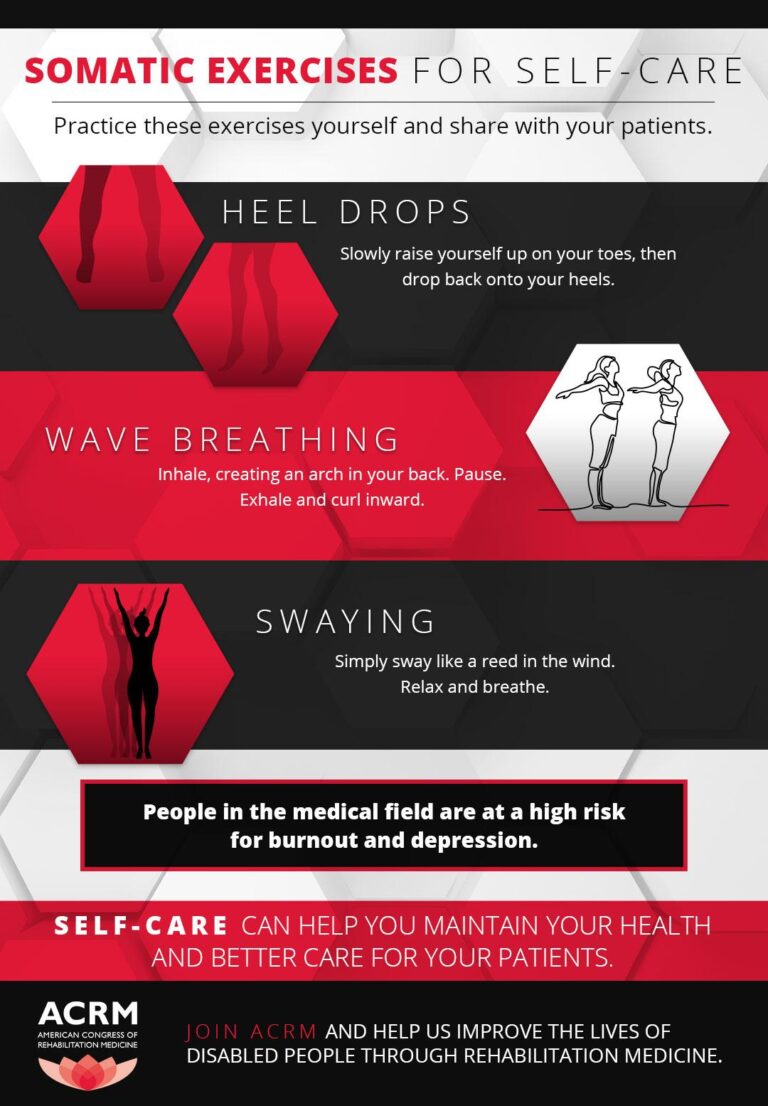When life’s challenges leave emotional wounds, healing often feels like a distant dream. Traditional talk therapies offer valuable tools, but sometimes our minds need a little help connecting with the body to truly recover. Enter somatic therapy—a groundbreaking approach that taps into the wisdom stored within our very cells to promote deep, lasting healing. In this article, we’ll explore how somatic therapy is transforming trauma recovery by helping individuals reconnect with their bodies, release stored tension, and reclaim a sense of safety and peace from the inside out. If you’re seeking a path to healing that honors both mind and body, keep reading—you might just discover the key to your own resilient recovery.
Table of Contents
- Understanding the Mind-Body Connection in Trauma Healing
- Exploring Key Techniques of Somatic Therapy for Lasting Recovery
- How Somatic Therapy Empowers Emotional Resilience and Self-Awareness
- Practical Tips to Integrate Somatic Practices into Your Daily Healing Journey
- The Conclusion
Understanding the Mind-Body Connection in Trauma Healing
Trauma often leaves imprints not only on our memories but also deep within our bodies, creating a complex web of emotional and physical responses. Unlike traditional talk therapies that primarily address cognitive understanding, somatic therapy taps into the body’s innate wisdom, recognizing that healing starts from the inside out. By fostering awareness of physical sensations and bodily movements, this approach helps individuals reconnect with parts of themselves that trauma may have fragmented or suppressed. The body holds stories our mind cannot always express, and somatic practices create a safe space for these narratives to emerge and be transformed.
Central to this healing journey is the understanding that trauma recovery is a holistic process involving both mind and body. Through techniques such as mindful breathing, gentle touch, and guided movement, individuals can learn to regulate their nervous system and release unresolved tension. Key benefits include:
- Increased emotional resilience and self-regulation
- Reduction of chronic stress symptoms and physical pain
- Enhanced connection to present-moment experiences
- Empowerment through embodied self-awareness
Embracing this interconnectedness not only fosters profound healing but also nurtures a renewed sense of wholeness and inner harmony.
Exploring Key Techniques of Somatic Therapy for Lasting Recovery
Somatic therapy invites us to reconnect with our bodies as the gateway to healing deep emotional wounds. By focusing on physical sensations rather than solely verbal processing, this approach helps release the trauma stored in muscles and tissues. Techniques such as body scanning, where individuals bring mindful attention to different parts of their body, can reveal hidden tension and discomfort, guiding the healing process from within. This embodied awareness fosters a sense of safety and empowerment, essential for dismantling trauma’s grip.
Several core methods underline the somatic journey to recovery, each designed to gently coax the nervous system back into balance:
- Breath Regulation: Using conscious breathwork to soothe the nervous system and foster a calm internal environment.
- Movement and Touch: Incorporating gentle stretches, posture shifts, and guided touch to unlock physical and emotional rigidity.
- Grounding Exercises: Techniques that anchor awareness in the present moment, helping to contain overwhelming sensations and emotions.
Together, these approaches cultivate resilience and wholeness, proving that healing is not just about the mind—it’s a full-bodied experience.
How Somatic Therapy Empowers Emotional Resilience and Self-Awareness
Somatic therapy unlocks a profound connection between the body and mind, allowing individuals to tap into their innate capacity for healing. By engaging with bodily sensations and movements, clients become deeply attuned to their inner experiences, fostering enhanced self-awareness. This heightened attunement not only reveals lingering tensions and trauma stored within the body but also empowers a person to recognize emotional triggers before they overwhelm. The process encourages a compassionate internal dialogue, where emotions are neither suppressed nor feared but instead observed as vital signals guiding personal growth.
Building emotional resilience becomes a natural byproduct of this therapy, as individuals learn practical tools such as breath regulation, grounding techniques, and mindful movement. These tools fortify one’s ability to remain centered amid stress and adversity, promoting a stable, compassionate sense of self. Key benefits include:
- Improved stress regulation through awareness of bodily responses
- Greater emotional flexibility by recognizing and processing feelings in real-time
- Empowerment to respond rather than react impulsively to challenging situations
Practical Tips to Integrate Somatic Practices into Your Daily Healing Journey
Integrating somatic practices doesn’t require hours of your day or costly workshops—small, intentional movements can pave the way toward profound healing. To begin, set aside 5-10 minutes each morning to check in with your body. This can be as simple as placing your hand on your heart, noticing your breath, or gently stretching tense areas. These moments anchor you in the present and cultivate a deep sense of safety that is crucial for trauma recovery. Don’t overlook the power of daily grounding techniques like feeling your feet on the floor or gently swaying your body, which can regulate the nervous system and bring calm to overwhelming emotions.
Creating a personalized toolkit tailored to your unique needs encourages consistent practice and fosters ownership in your healing journey. Consider incorporating easy-to-follow exercises such as:
- Body scanning: Briefly tune into each body part, noticing sensations without judgment.
- Breath awareness: Practice slow, mindful breathing to release tension and enhance relaxation.
- Movement exploration: Engage in free-flowing motion or dance to reconnect with your body’s natural rhythm.
Remember, consistency nurtures trust with yourself and your body, setting the foundation for deep, transformative healing—one small step at a time.
The Conclusion
Healing from trauma is a journey—one that truly begins from within. Somatic therapy offers a powerful path to reconnect with your body, release stored tension, and reclaim a sense of wholeness. By tuning into the wisdom of your physical self, you’re not just managing symptoms—you’re transforming your experience of trauma into a story of resilience and growth. If you or someone you know is navigating the aftermath of trauma, consider exploring somatic therapy as a hopeful step toward deeper healing. Remember, recovery is possible, and often, the keys lie within you. Here’s to embracing that journey with courage, compassion, and an open heart.

